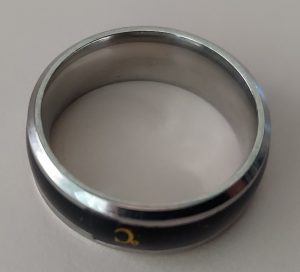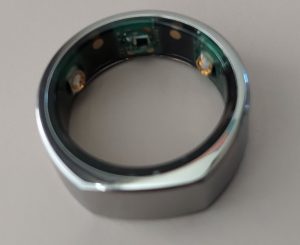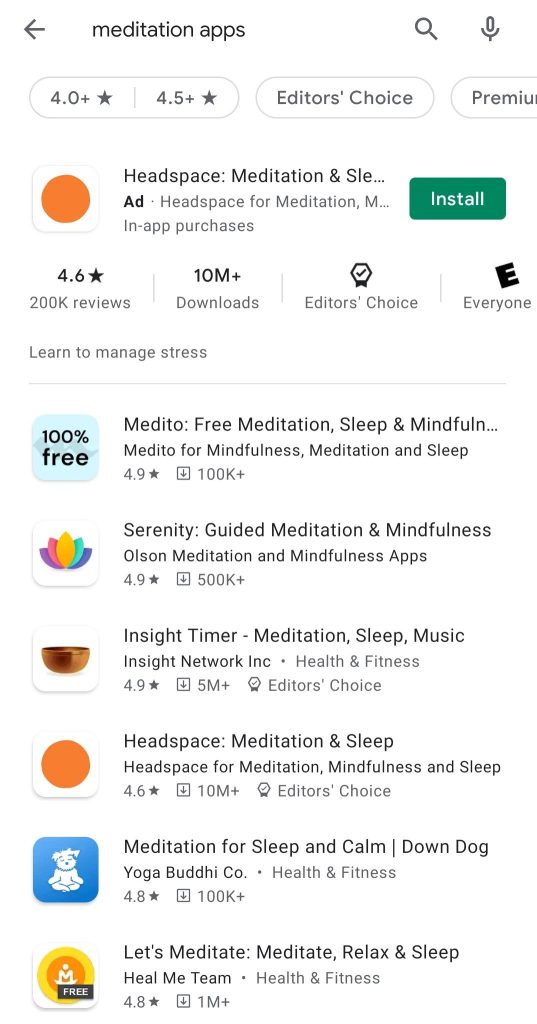Your mind and body have a powerful connection. What you think can affect how you feel and how you feel can affect your mind. It’s hard sometimes to feel good when you have chronic pain or fibromyalgia. In this blog I will write about some of the techniques and devices for improving your mind body wellness with autogenic training, biofeedback, and mindfulness meditation in part 1, and neuro-acoustic conditioning, and neurofeedback meditation in part 2 mid-month.
Disclaimer – The views expressed in this blog belong solely to the author and do not provide health care advice. Always seek the advice of your physician or other qualified health provider with any questions you may have regarding a medical condition. The author is not affiliated in any way with the companies and devices mentioned in this blog.
When the mind de-stresses (calms down) and the body relaxes, the body restores itself. This is also known as the relaxation response. The relaxation response creates anti-oxidation and anti-inflammatory changes in the body that counteracts the effects of stress. Muscle relaxation reduces muscle tension, spasm, and calms the nervous system. A good blog on the relaxation response is at this link. There are several methods to obtaining the relaxation response and I will cover a few of these in this blog. Remember that everyone is different and what works for one person may not work for another.
- Autogenic training
Autogenic training was one of the first techniques used to desensitize and relax. It was developed by a German psychiatrist, Johannes Heinrich Schultz. I tried using this technique many years ago, but found it wasn’t my favorite. The technique goes through a series of meditation steps that are supposed to create heaviness in the body and warming of the body. I really like the relaxation and focus on each area of the body, however when it came to warming up the body, I didn’t do so well. I used to use a mood ring to measure the temperature change and I wasn’t able to get significant improvement so it left me feeling frustrated. There is a good beginners YouTube video at this link which covers relaxation through the body and another video that includes the warming steps at this link. Autogenic training is often used for social anxiety. This blog provides more information on the use of autogenic training for anxiety.
Another study looked at heart coherence during autogenic meditation. Heart coherence reflects the degree of ordering in oscillations of heart rhythm intervals. They also found some correlation with alpha band brain waves in a second study.
“Heart coherence scores were significantly increased during meditation compared to the baseline. Heart coherence can be a cardiac marker for the meditative state and also may be a general marker for the meditative state since heart coherence is strongly correlated with EEG alpha activities.” Kim, et al.
Today you can buy rings that provide skin temperature measurement at Amazon.com. These rings usually provide feedback on one or two degree increments. I used my Oura ring to measure the delta temperature range which was able to pick up some temperature rise during the relaxation response that was less than a degree increase. So it was working all along, just not at the level that I could measure at that time! Some people can become very good at increasing their body temperature from the relaxation response. Wim Hof is one of these, he can immerse himself in ice and warm up his body temperature to withstand it for very long periods. He uses a breathing and a relaxation technique to help with this. I think I will pass on the ice baths! However, I will occasionally take a cold shower after exercise to help increase heart rate variability and improve sleep.

Temperature monitoring ring 
Oura ring
Figure 1. Data acquisition rings
2. Biofeedback
There are several methods of providing biofeedback from the body response. Biofeedback can be used to help the user achieve a relaxation effect more efficiently. Some of these methods are: electromyography (EMG) feedback from the muscle tension, galvanic skin response (GSR) from skin conductance, heart rate, and thermal biofeedback. This is the process of learning to raise your skin temperature to lessen the pain of a migraine for example.
You can receive biofeedback training at medical clinics and therapy classes. However, the intent of this blog is to evaluate wearable devices you can use at home. There are devices and games on the market to help reduce anxiety and stress. An example is the Biofeedback Stone Home training by Biofeedback Labs. The software comes with three games for clearing the mind, managing restless thoughts, relaxation and control of emotions. For example, in one of the games you fill a bowl of water and the clearer the mind, the larger the drops of water that fill a bowl. This program uses a GSR probe biofeedback to help the focus. It costs around $150. Mightier by Neuromotion labs is a game that helps kids find calm using heart rate for biofeedback. There is a monthly membership fee ranging from $28 to $40 per month.
Neurofeedback which is based on electroencephalogram (EEG) biofeedback, is another approach to retrain the brain signals for meditation. It used to be that the only way to perform neurofeedback was in a clinical setting. Today there are new wearable devices and apps for neurofeedback that I am excited to try and will write about this in the part 2 mid-month blog. As neurofeedback provides direct feedback from the brainwaves, rather than the body response, I decided to wait to trial neurofeedback. Although, the neurofeedback systems are more expensive than the biofeedback game provided by Stone Home.
3. Mindfulness meditation and meditation apps
Mindfulness meditation is the practice of actually being present in the moment, which in turn trains us to become more mindful throughout the day. Mindfulness is your awareness of what’s going on in the present moment (such as feelings, thoughts, pain, etc.) without any judgment. Mindfulness meditation can include focus on your breathing while allowing awareness of something (feelings, thoughts, pain, body tension, etc.), or it can just be sitting quietly while being present and aware.
Mindfulness meditation can help people to focus their mind and body in the moment without judgment. Daily mindfulness practice can be helpful for chronic pain, it draws awareness to negative or worrisome thoughts that can increase pain. One study found that long term mindfulness meditation can influence the unpleasantness of pain.
“While meditation after brief training (less than 1 week) produces significant reductions in pain intensity and unpleasantness ratings, long-term meditation does not produce changes/differences in pain intensity but rather influences the unpleasantness dimension of self-reported pain.” Zeidan, et al.
In general several types of meditation can be helpful. Although the most important aspect of meditation, in my opinion, is to be mindful and aware of your body. That way you can learn to slow down when needed or do something different to calm the mind and ease the pain. There are several meditation apps available (e.g., Headspace, Calm, Insight Timer, Omvana, etc.) An internet search on best meditation apps will reveal some good reviews. Some of these apps have a subscription fee and some are free. There are also several free meditations on YouTube. One of the more popular apps is Headspace which is a subscription meditation service. Andy Puddicome is a former monk and co-founder of Headspace. He gives a TED talk at the following link and a favorable review of this app is at this link.

Figure 2. Meditation app search
Studies on mind body therapies on chronic pain and fibromyalgia have mixed results depending on the quality or method used by the study, but in general show improvement from these techniques. I think this is because there are several other variables in people’s lives that make it hard to have a good study on the efficacy of the treatment. Also everyone’s make-up is different and what works for one person may not work for someone else. My general rule-of-thumb is to try something 3 or 4 times to see if you like it and if it is helpful. My favorite meditation technique and device will be discussed in part 2 on neuro-acoustic conditioning and neurofeedback.
Please bookmark this site!



